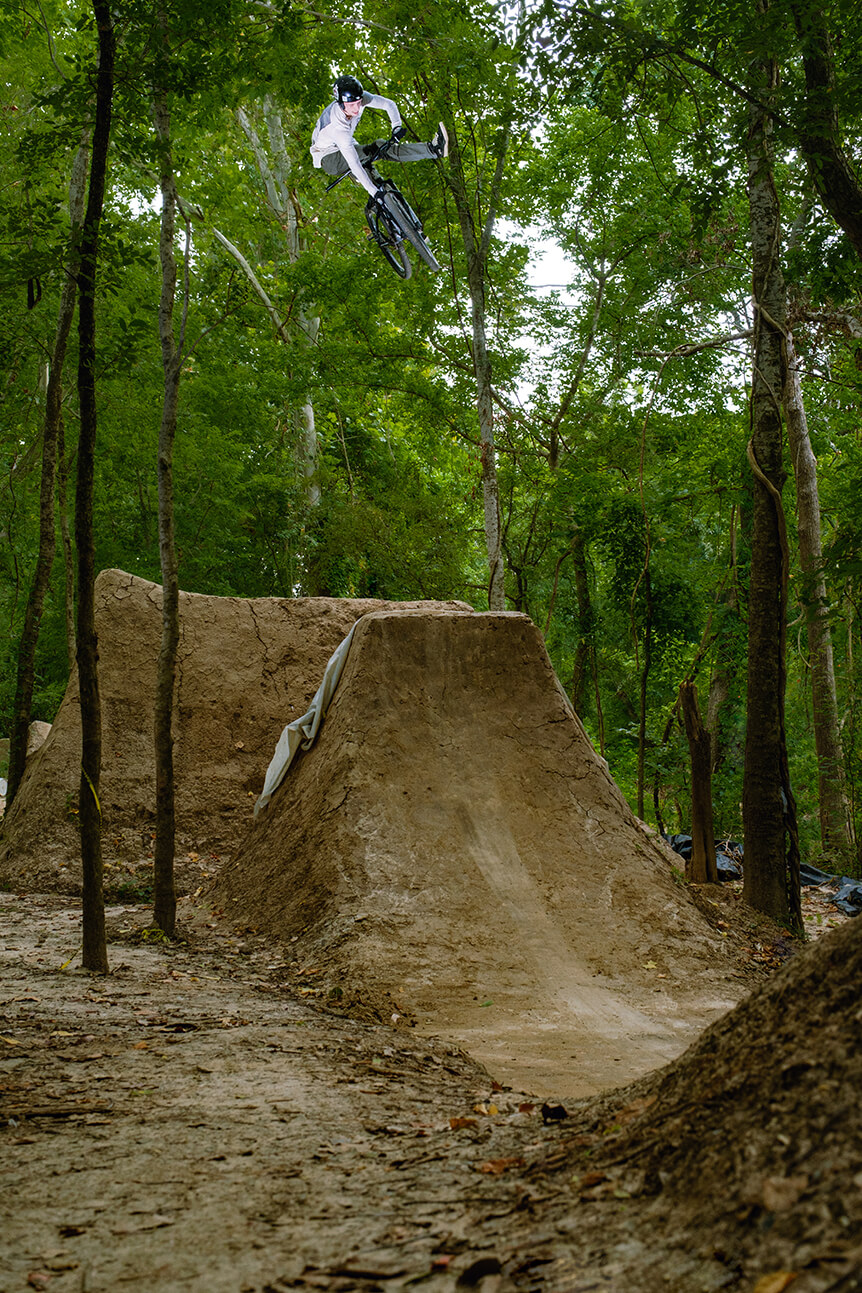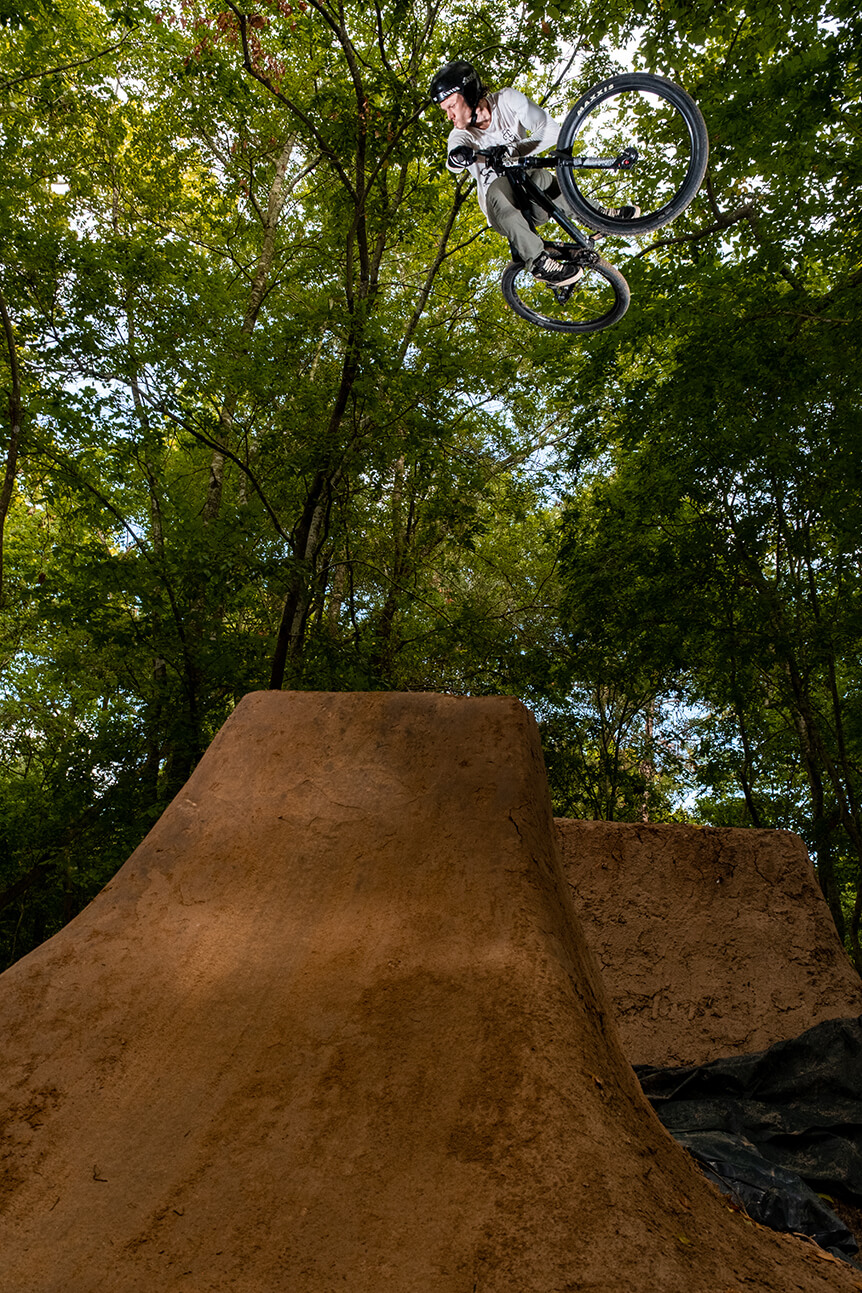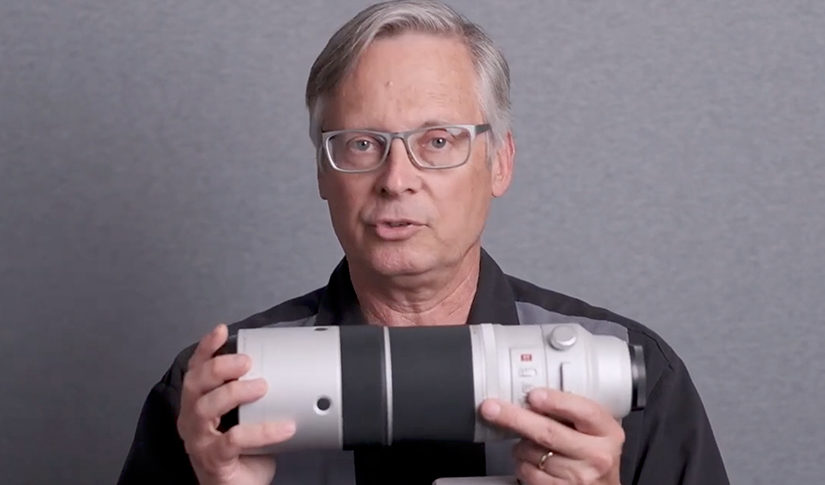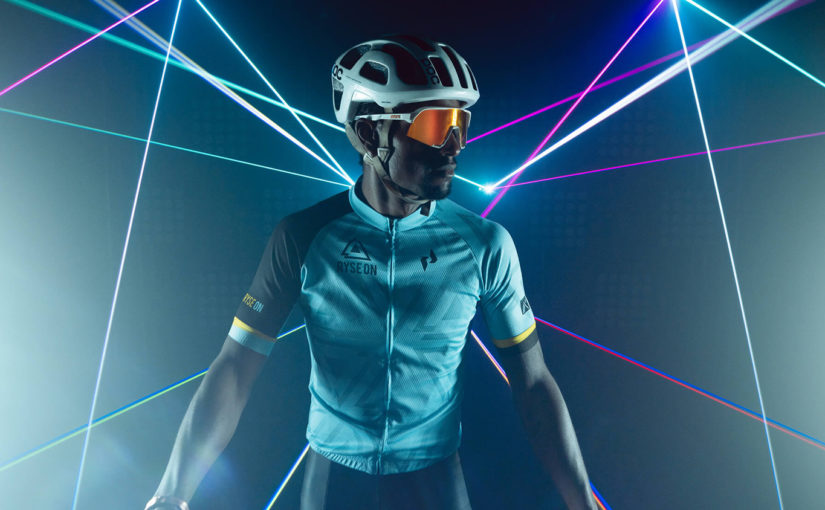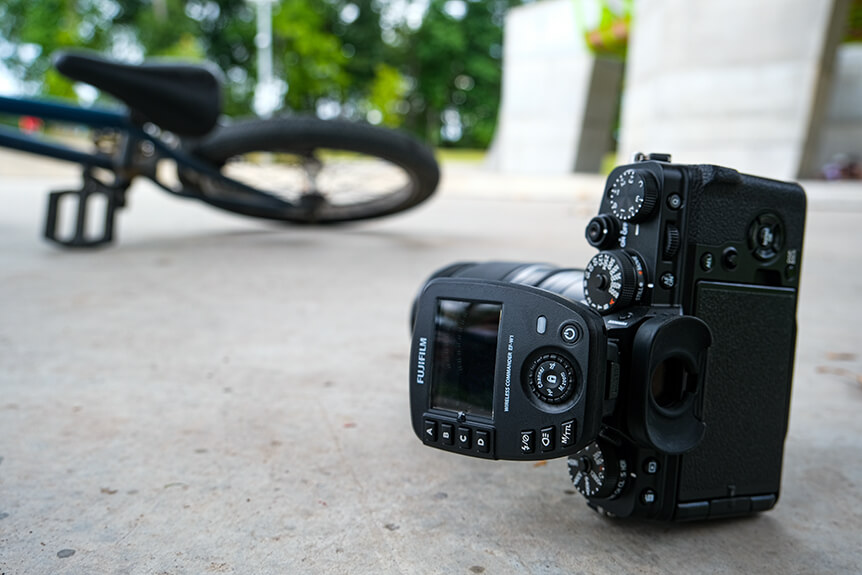
 6 minute read
6 minute read
Tricks of the light
Matthew Weintritt tells us how he uses the new FUJIFILM EF-60 flash and EF-W1 trigger to make sensational stunt pictures
“I’ve always been into cycling,” confesses Matt Weintritt, “and I’ve always loved photography, so putting them together is very natural for me. It’s a unique challenge every time and no more so than when photographing my long-standing favorite; BMX.”
Although these are action subjects, Matt has developed a style where he treats his images “first and foremost as portraits,” and this means a special approach to lighting is needed. Why the portrait angle? “I’m always striving to produce the highest-quality images I can, and show off the subject in the best way,” he explains. “I want to emphasize the subject, using highlights and shadows to separate them from what are often difficult backdrops, but do it in a flattering way, so lighting is also really important.”
Added to this, Matt likes to keep an environmental look in his images, “because it adds context,” he explains, “and that’s more appealing to the riders, too. If it’s just a sky with a person in it, from the perspective of the sport, it tells you nothing. You’ve no idea how high that person is, what they’re doing, how they got there, where they’re going, or how far they’re supposed to be jumping.”

“Using off-camera flash,” he continues, “means I can put the light where it’s most effective and best for the subject. I can do anything, from bouncing the light off the cement of a ramp to using it directly on the riders to pick them out of a messy background.”
For the off-camera flash lighting used in these images, Matt was trying out the new FUJIFILM EF-60 flash and the FUJIFILM EF-W1 wireless commander. To single out the riders as they performed their stunts, he created “traps of light” for them to pass through. And for this, both the right timing and the correct setup were essential.
“If you’re not prepared, it can be tough to catch these athletes as they move,” he explains, “so I’ll often observe a few tricks before I set up, working out if they’re going to go straight up from the takeoff and then coast through the air, or gradually gain altitude.” Luckily, Matt’s experience in the field, both as a photographer and as a rider, had him well prepared – and the new gear helped, too.
For images like these, “the wireless radio system built into the EF-60 and the EF-W1 trigger is a real game changer,” says Matt. “With the two communicating via a radio signal rather than an optical one, it allows me to hide the flashes behind trees and obstacles if I want to and they will still fire, even from a great distance! But the main thing is that they’re totally reliable.”
Setting up for these shots with the EF-W1 trigger mounted on his FUIJFILM X-T4 or X-Pro3, Matt found that the new flash system integrated seamlessly. “I used two EF-60 units and, once I had everything synced, the connection was extremely consistent and the user interface on both the lights and the trigger was simple and fluid.”
Although the EF-W1 and EF-60 allow automatic TTL exposure across their connection if required, Matt prefers to use manual exposure mode in his work, setting the power of the flashes independently. This gives him the most consistent results, he says, alongside sticking to lower power settings that give faster recycle times. That means he’s able to fire off a burst of exposures to capture a biker’s stunt at multiple points. “Sometimes it takes a lot of tries to perfect a trick,” he explains, “so a burst of images can help pull the perfect moment out of a jump.”

Photo © Matthew Weintritt
“At several stages,” he continues, “I had one of the EF-60s at 1/4 power and the other at 1/8 power, and I was able to keep them firing and get multiple beautifully lit images through a jump. For a flash of this size and weight to be able to recycle fast enough to give me a great choice of evenly lit shots is amazingly useful, and I can then choose the best body shape of the rider.”
The EF-60 and EF-W1 also function in High Speed Sync (HSS) mode. Depending on the X Series model you own, this allows you to use shutter speeds of up to 1/8000 sec when making images, while still allowing the EF-60 to do its job of lighting the subject. For this application, “the ability to use any mechanical shutter speed is, in my opinion, indispensable!” says Matt.
As small and light flashes, the EF-60s weren’t just helpful in taking the weight off his shoulders en route to locations. It also means the EF-60s can be positioned and directed in ways that worked effortlessly with his style of photography.
“There are times when I move away from the more portrait style and use cross lighting to chisel riders out of the background,” he explains. “Basically, it’s just one flash at 90º to either side. It’s not something that you’d normally use in a portrait, but when the action is at its pinnacle and you want it to appear as dynamic as possible, it’s great.”
“To help with this,” he continues, “ I got the flashes as close to my subjects as possible without being in the athlete’s way or in my shot – so, combined with the rock-solid radio control, the size of the EF-60s meant I could add them to accessory mounts and then shimmy up the tree to get the flash overhead. It gives me more options, and it’s a lot safer than trying it with a bigger, heavier head that might get blown over and damaged!
“And with changes like power, lighting ratio, and even the zoom function simple to control from the trigger, it’s easy to leave the lights where they are and concentrate on getting the shots you need.”
Working off-camera, the EF-60’s 24-200mm manual zoom settings were also vital for Matt. “Most flashes don’t have such as wide a zoom range as the EF-60,” he explains, “but the 200mm setting lets me focus the light even from a great distance. So I can get both a spotlight effect or, if I want to light up the surroundings a bit more, I can zoom it out and get a broader beam. And I can do it all right from the EF-W1 trigger.
“What I really like about this flash and trigger combination,” Matt concludes, “is the versatility. Small and light, but still powerful enough to do the job, it’s a real go-to type of kit, and the kind of thing that any photographer on the move will really see the benefit of.”







